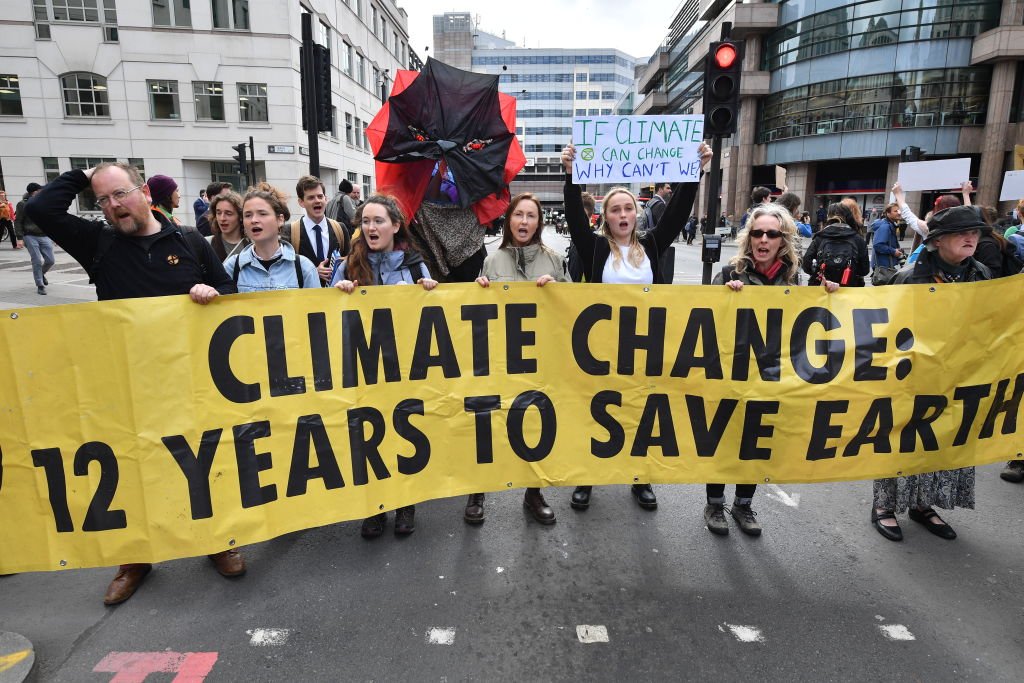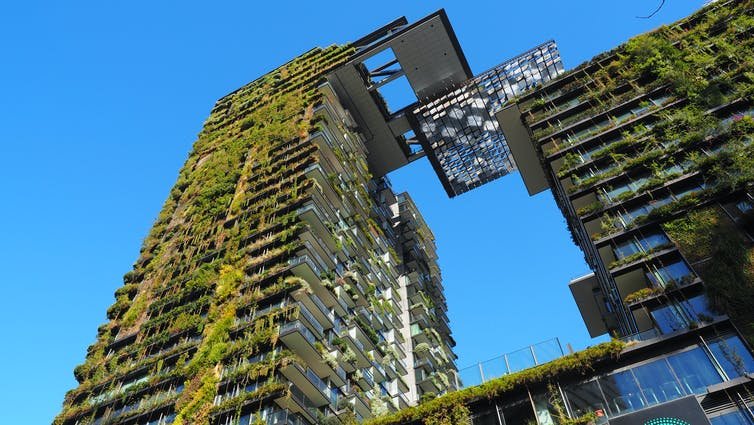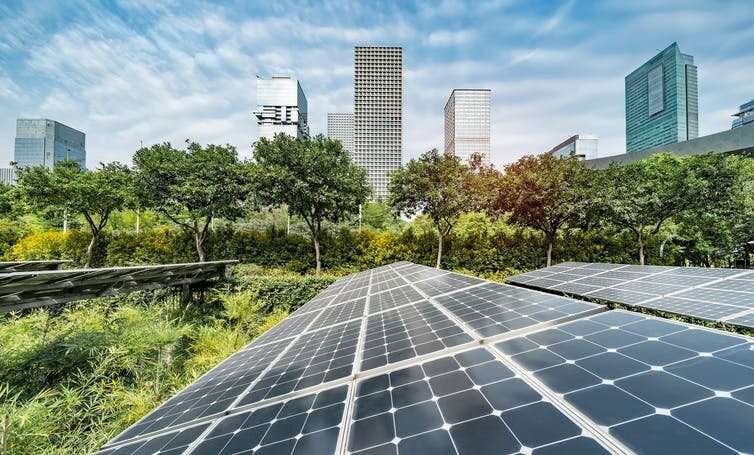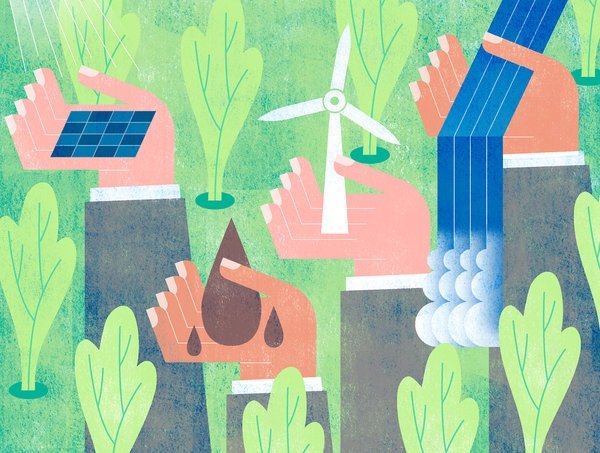We are nearing to proclaiming a climate emergency on a global level; our environment is reaching its limit. The average global temperature and pollution levels have only risen. Year by year, the sea level is rising to a considerable amount. For over the past eras, it was a slow and gradual change that went visually unnoticed, but in recent years, the difference is both visual and threatening to humanity. United Nations has announced for countries to achieve net-zero by 2050 to balance out the CO2 emissions from the air.

Despite these significant changes, Urbanization has still proven to be a threat to the environment. Half the world’s population is already living in the city, and these numbers are only set to rise in the coming years. Cities cover only 2 per cent of the earth but they account to be emitting three-quarters of the world’s carbon dioxide. These numbers are thoroughly shocking and can lead to harmful effects. Seeing the current scenarios, government officials have launched many schemes and rules to combat environmental threats from micro to macro level. One of the most efficient solutions adopted by several countries is to initiate greater importance to having ‘green buildings’ in the nearing future.
Green buildings are a structure designed which is meant to be beneficial to both its residents and the environment. Right from its construction stages to its operation and then to its maintenance, these buildings are designed with stipulated and doable guidelines that have long term benefits both monetary and environmentally.
Some of the factors like Reducing water and energy consumption, minimizing greenhouse gas emissions on a micro level, decreasing landfill waste, encouraging renewable transportation use, etc. form the vital basics on which these structures are designed and built. Another important factor like enhancing the natural environment with green landscapes, roofs, urban farming, community gardens, etc. are also included. The building materials used are also cautiously chosen to lessen heat gain. Green buildings not only save the environment but they also save the residents money on operational and maintenance costs.

Organizations like LEED (Leadership in Energy and Environmental Design), The Indian Green Building Council (IGBC) are the most commonly used green rating systems in the world. These organizations form the core to guide a user in designing a green building, they also help in growing awareness amongst the peers to have more of these buildings for the greater good. Residents and localities have now started looking up for housing options that have these green systems inculcated, people have started seeing the long term benefits of living in a green building and have started taking these decisions cautiously.

Green buildings are a vital tool to combat climate emergencies. These buildings are more energy-efficient than helps in keeping the energy consumption up to 25 per cent lower than the average building. Green buildings also help in promoting more green communities and neighbourhoods. These help in impacting the environment on a macro level. With more and more townships and smart cities now developing within a city or the suburbs, a step like these can be beneficial for the coming generations as well. Macro-level changes like alternative transportation modes, enhanced green spaces, reduction in water use, and rainwater harvesting can be done.

Green buildings although now a popular and almost a millennial term, has a huge potential towards substantial growth shortly. It is our responsibility as design thinkers and residents to make conscious decision making as a thorough habit for a greener future to grow as greening a building benefits not only the occupants or the builders but also the environment.

